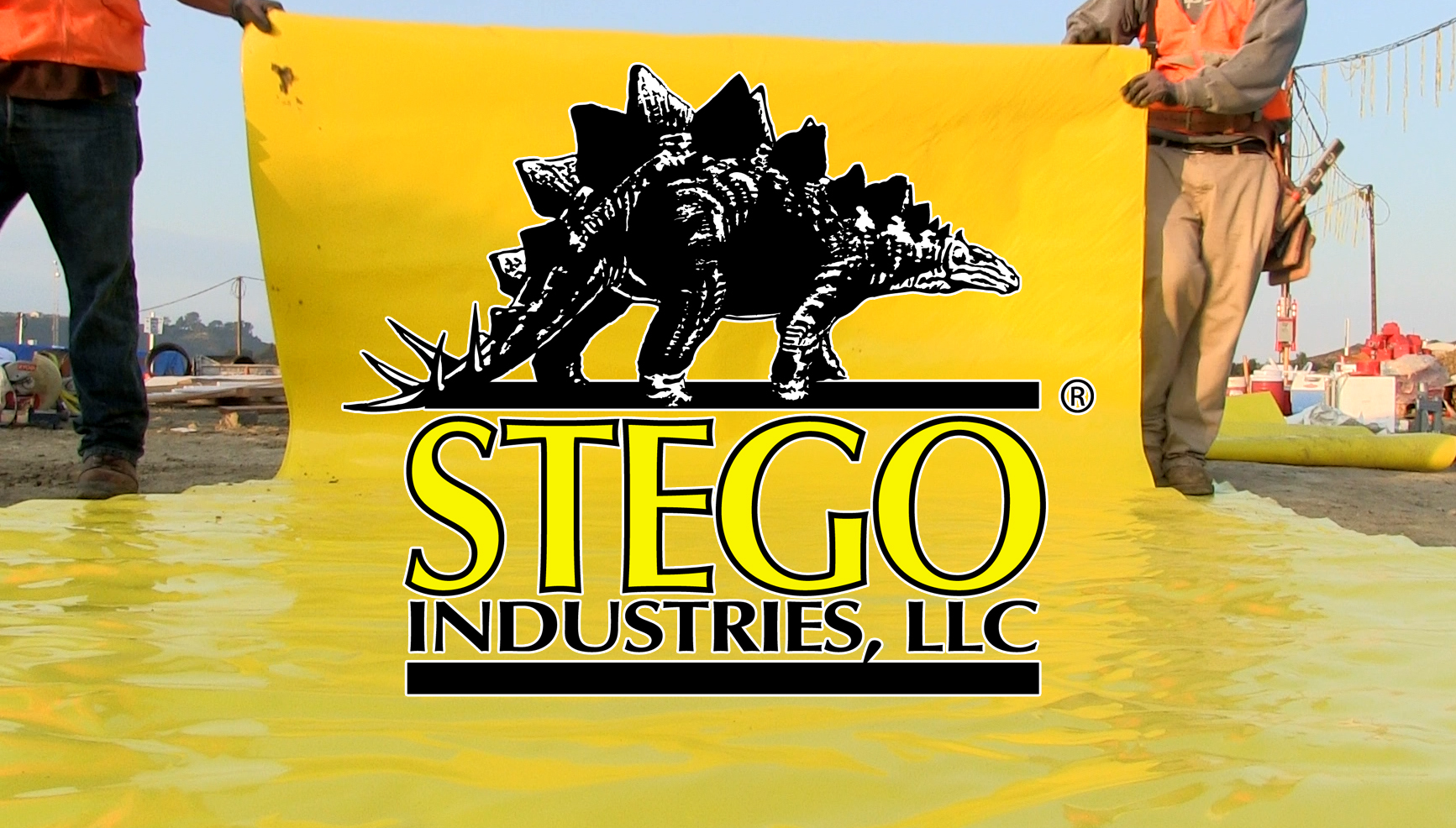Stego Industries recently signed on to the Health Product Declaration Open Standard (HPD), a voluntary format for disclosing product content and related health concerns that are typically not reported even when a product or a building is certified “green.”
The company will prepare an HPD for its flagship product, the Stego Wrap vapor barrier, which it will submit to the HPD Working Group. The Working Group will evaluate and synthesize the feedback and revise the draft HPD into a final version to be officially ratified and made available to the public later this year. Nearly 30 of the most important names in the construction industry, representing a wide variety of products, will help refine the HPD Open Standard to provide information to customers that is reliable and actionable, through a process that is reasonable and fair to all manufacturers.
“Stego’s line of vapor barrier products is not just the choice of green builders because of its ability to reduce energy costs by protecting the building envelope from the diffusion of water vapor, contaminants, and soil gases,” says Stego CEO Paul J. Blasdel. “Green builders also choose Stego because of our commitment to sustainable projects like the Health Product Declaration Pilot Program--proving we are not just a vendor to the green building community, but a partner.”
The HPD Open Standard Working Group is a voluntary association of experts from the community of building designers, specifiers, owners and users. The HPD Open Standard Working Group was convened in July 2011 by the Materials Research Collaborative, a joint project of the Healthy Building Network and BuildingGreen, Inc. BD+C
Related Stories
| Feb 15, 2011
Iconic TWA terminal may reopen as a boutique hotel
The Port Authority of New York and New Jersey hopes to squeeze a hotel with about 150 rooms in the space between the old TWA terminal and the new JetBlue building. The old TWA terminal would serve as an entry to the hotel and hotel lobby, which would also contain restaurants and shops.
| Feb 15, 2011
New Orleans' rebuilt public housing architecture gets mixed reviews
The architecture of New Orleans’ new public housing is awash with optimism about how urban-design will improve residents' lives—but the changes are based on the idealism of an earlier era that’s being erased and revised.
| Feb 15, 2011
LAUSD commissions innovative prefab prototypes for future building
The LA Unified School District, under the leadership of a new facilities director, reversed course regarding prototypes for its new schools and engaged architects to create compelling kit-of-parts schemes that are largely prefabricated.
| Feb 15, 2011
New 2030 Challenge to include carbon footprint of building materials and products
Architecture 2030 has just broadened the scope of its 2030 Challenge, issuing an additional challenge regarding the climate impact of building products. The 2030 Challenge for Products aims to reduce the embodied carbon (meaning the carbon emissions equivalent) of building products 50% by 2030.
| Feb 15, 2011
New Urbanist Andrés Duany: We need a LEED Brown rating
Andrés Duany advocates a "LEED Brown" rating that would give contractors credit for using traditional but low cost measures that are not easy to quantify or certify. He described these steps as "the original green," and "what we did when we didn't have money." Ostensibly, LEED Brown would be in addition to the current Silver, Gold and Platinum ratings.
| Feb 15, 2011
AIA on President Obama's proposed $1 billion investment in energy conservation
The President’s budget increases the value of investment in energy conservation in commercial buildings by roughly $1 billion, reports AIA 2011 President Clark Manus, FAIA. The significant increase from the current tax deduction of $1.80 per sq. ft. now on the books is an increase for which the AIA has been advocating in order to encourage energy conservation.
| Feb 14, 2011
Sustainable Roofing: A Whole-Building Approach
According to sustainability experts, the first step toward designing an energy-efficient roofing system is to see roof materials and systems as an integral component of the enclosure and the building as a whole. Earn 1.0 AIA/CES learning units by studying this article and successfully completing the online exam.












